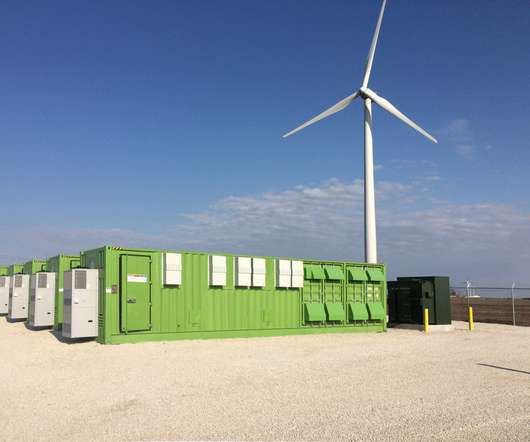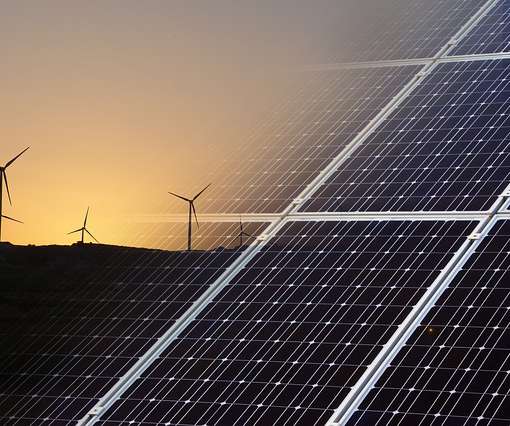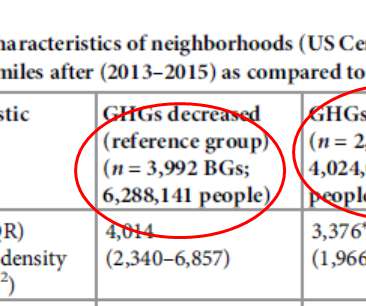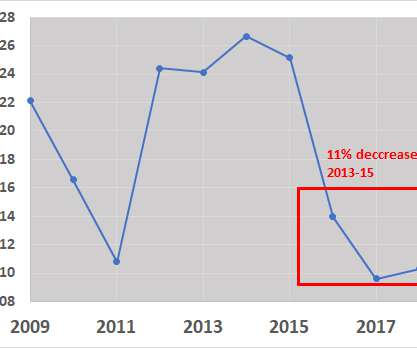Renewables are 87% of new U.S. generating capacity so far this year
Renewable Energy World
NOVEMBER 23, 2021
biomass, geothermal, hydropower) dominated new U.S. electrical generating capacity additions during the first three-quarters of 2021. [1]. There were also small additions in 2021 by hydropower (28 MW), geothermal (25 MW), and biomass (14 MW). . Renewables now provide more than a quarter (25.39%) of total U.S. rooftop) solar.


















Let's personalize your content